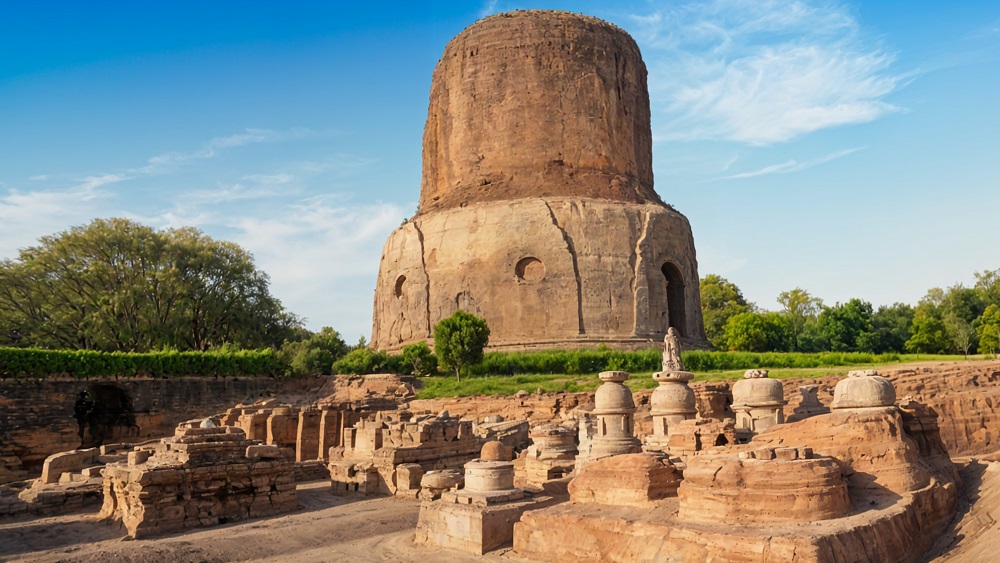
Buddhism
Life & Teachings of Lord Buddha
Two thousand six hundred years ago a wandering monk, philosopher and teacher walked the dusty pathways of north India and taught us a humane way of life. And his teachings led to one of the greatest religions in the world, Buddhism.
Siddhartha Gautama, born a prince, gained enlightenment and became the Buddha. He asked the eternal question of life – what is the cause of human sorrow and suffering? Then through intense meditation he found an answer that has brought guidance and solace to millions of people. Today Buddhism is one of the major religions of the world and his teachings have stood the test of time.
According to the ancient Buddhist chronicle the Lalitavistara, Siddhartha Gautama of the Sakya clan was born in 623 BC in the royal family of Kapilavastu, the only son of King Suddhodana and his queen Mayadevi. When an old sage named Asita came to bless the child he predicted that one day the child would leave his family and become a wandering teacher. A perturbed Suddhodana did not want his son to choose the path of renunciation and so he tried to shield him from all the tragedies of life however inevitably one day Siddhartha was exposed to the realities of human existence.
Siddhartha saw an old man and became aware of old age. Then he saw a sick man and learnt of diseases and pain. The third encounter was with a funeral procession and he understood the inevitability of death. Finally he saw a saffron-clad ascetic walking serenely by and realised that there was another, more enlightened way of living. He realised that he had to renounce the world and seek an answer to the question – what caused sorrow or dukkha and how can we learn to overcome it?
Siddhartha left his wife Yashodhara and child Rahula and began his spiritual search that lasted five years. He first studied under two famous teachers and then tried many kinds of meditation techniques, including a regime of severe austerities where he came close to death. Then he realised that to think he had to sustain his body and took a meal and thus refreshed he returned to his meditation.
This was his final round of meditations under a peepal tree at a place called Uruvela that stood by the river Nairanjana near Gaya in Bihar. After forty nine days of concentrated thought he gained an extraordinary spiritual insight into the meaning of life. He was now the Buddha, the Awakened and Enlightened One.
The Sacred Dhamma
The Buddha decided to spread his philosophy that he called Dhamma, the sacred law, by preaching to people. He walked to Sarnath near Varanasi and here gave his first sermon to five old companions who had left him at Uruvela because they thought he had failed in his meditations. His charismatic speech and extraordinary philosophy electrified them and they became his first disciples. News spread of the arrival of a great teacher and people flocked to listen to him. It was at Sarnath that he laid the foundation of the Buddhist monastic order, the Sangha and it flourishes across the world today.
The Buddha spent the next five decades wandering around north India spreading his philosophy, a moral code based on compassion and non-violence. The Buddha’s vision promises a way of life that brings peace and happiness and it is an optimistic and life enhancing faith where he said, “Overcome your uncertainties and free yourself from dwelling on sorrow. If you delight in existence, you will become a guide to those who need you.”
In the 3rd century BC Emperor Ashoka of the Mauryan dynasty began to spread the teachings of the Buddha to other countries by sending his son Mahendra to Sri Lanka. In later centuries Buddhist monks took his teachings to Tibet, China, South-East Asia and Japan. And today it is a world religion.
The foundation of Dhamma is the Four Noble Truths and the Eight Fold Path. The Four Noble Truths say that sorrow is inevitable and the cause of sorrow is cravings. To end sorrow one has to end this craving and then follow the Eight Fold Path.
The Eight Fold Path is a way of life that brings peace, enlightenment and finally nirvana, the freedom from the cycle of birth and death. The Path is – Right Views, Right Intentions, Right Speech, Right Action, Right Livelihood, Right Effort, Right Mindfulness and Right Concentration.
The Buddha denied the caste system or the power of the priesthood. He said we are born equal and we are what we do and our salvation lies in our own hands. You cannot gain salvation through expensive religious rituals or sacrifices. As he said,
“One does not become a Brahmin by birth
One does not become an outcaste by birth
One becomes a Brahmin by action
One becomes an outcaste by action.”
The Buddha’s wise words, full of gentleness, tolerance, empathy and compassion inspire and bring peace. It is a simple philosophy that is also subtle and humane. It offers a way of life that is relevant today and has guided millions of followers in their journey on earth.
After the Buddha
Over the centuries the differences between the various monastic schools led to the foundation of three major streams of Buddhist thought – Theravada, Mahayana and Vajrayana. Today there are many other smaller cults but these three are the most important schools of Buddhism.
Theravada is the oldest and most orthodox school of thought and is followed in Sri Lanka, Thailand and Burma. It adheres strictly to the teachings of the Buddha as preserved in the ancient Pali scriptures called the Tripitaka – the Vinaya, Sutta and Abhidhamma pitakas. Theravada is a disciplined, intellectual system and rather austere in its religious practices. Some of the greatest Buddhist thinkers of ancient times came from this school and when most of the Buddhist texts were lost in India they fortunately survived in the monasteries of Sri Lanka.
The second stream of Buddhist thought was Mahayana that was carried by monks to China and Japan and compared to the strict ethical and philosophical system of Theravada it had a more relaxed attitude to devotion. This school became popular as it gave the lay devotee a greater role and allowed the worship of the Buddha. Images of the Buddha were placed in temples called chaityas and the faithful prayed to him with lamps, flowers and incense. For the Theravada school the Buddha was a great teacher while in Mahayana he was gradually transformed into a deity who was worshipped.
The last system which blends esoteric tantric practices with Mahayana thought is the Vajrayana school of Tibet that is headed by the Dalai Lama. Initially it evolved in the 7th century AD, in the Nalanda and Vikramshila monasteries in Bihar and was taken to Tibet by the monks Padmasambhava and later Atisa Dipankara. Vajrayana means the ‘vehicle of the thunderbolt’ and uses many mythical and occult practices, mysterious mantras, mudras and mandalas. It also has a pantheon of deities like Avalokiteshwara, Maitreya, Manjushri and Tara that are worshipped by devotees.
Buddhist pilgrimages in India
All the places that were touched by the presence of Lord Buddha have become places of pilgrimage for Buddhists. The Buddha himself mentioned four places that his followers should visit in his memory – Lumbini the forest where he was born; Bodh Gaya where he gained enlightenment; Sarnath, the place where he gave his first sermon and Kushinagar where he gained parinirvana. These four constitute the most sacred Buddhist pilgrimage. In India the places that were visited by the Buddha are Bodh Gaya, Sarnath, Kushinagar, Rajgriha, Vaishali, Sravasti and Nalanda. Kapilavatsu and Lumbini are in Nepal. Also there are sites of great monasteries that were built in the following centuries after the death of the Buddha like Sanchi, Ajanta and Ellora, Nagarjunakonda and Amaravati. Today pilgrims also visit the living monasteries of various sects of Buddhism like Tawang, Rumtek and Hemis.
Bodh Gaya is ancient Uruvela, the place where the Buddha gained enlightenment and developed the foundation of his philosophy and it is the most sacred of the Buddhist holy sites. Bodh Gaya has the ancient temple, the Mahabodhi Mahavihara, with a soaring spire and with images of the Buddha placed in niches in the wall. In the sanctum there is a giant gilded image of a serene Buddha sitting in the Bhumisparsa mudra which signifies his calling the earth to witness his attaining enlightenment. The sanctum is lit by butter lamps, filled by the aroma of incense and echoes to Buddhist chants.
In the precinct is the sacred Bodhi Tree, it grows at the spot where the Buddha meditated. As the original tree was destroyed, a sapling was brought from Anuradhapura in Sri Lanka to replace it. King Ashoka’s son Mahendra had planted this tree in Sri Lanka. Below the tree is the Vajrasana, the diamond throne, a slab of stone that marks the spot where the Buddha sat on a bed of kusha grass and meditated till he gained enlightenment.
Many Buddhist countries have built their monasteries in Bodh Gaya including Tibet, Japan and Bhutan. There is also a modern image of the Buddha that is 19 metres high and shows the Buddha in the dhyana mudra.
The most important festival in Bodh Gaya is Buddha Purnima in April/May that commemorates the birth, enlightenment and death of Lord Buddha. His Holiness the Dalai Lama holds a kalachakra ceremony here every year.
Bodh Gaya is in Bihar. The nearest rail head is Gaya, 16 km. Bodh Gaya has an airport.
SARNATH
Sarnath is the site where the Buddha gave his first sermon at a deer park called Rishipattana, to five old companions. This is where he unveiled his philosophy of the Four Noble Truths and the Eight Fold Path. He also began the Buddhist Sangha here as many people became his disciples. This is where the first monks took their vow,
“Buddham saranam, I take refuge in the Buddha.
Dharmam saranam, I take refuge in the Dharma
Sangham saranam, I take refuge in the Sangha.”
Later a monastery was built at Sarnath and he came here often to spend the monsoon months in meditation. In the 3rd century BC King Ashoka founded a new monastery, built two stupas and established a stone pillar here.
Sarnath has two Ashokan stupas – the Dhamekh that marks the spot of the first sermon called Dharmachakrapravartana, or the turning of the wheel of the law. The other is the Dharmarajika Stupa that is in ruins. The main temple, the Mulagandhakuti Vihara, was built in the twentieth century by the Mahabodhi Society. The Sarnath Museum has an impressive collection of Buddhist sculptures and the Ashokan lion capital that is the symbol of the Republic of India.
Sarnath is in Uttar Pradesh. The nearest railhead and airport is Varanasi, 10 km.
RAJGIR
Rajgir is ancient Rajgriha, the capital of the kingdom of Magadha. During the lifetime of the Buddha two kings ruled here – Bimbisara and his son Ajatshatru and both of them were followers of the Buddha. Bimbisara built a monastery for him on the Griddhakuta Hill whose ruins still stand. The Japanese have built a modern stupa here called the Vishwa Shanti Stupa.
Rajgir is in Bihar. The nearest railhead and airport is Patna, 100 km. It is 70 km from Bodh Gaya and 11 km from Nalanda.
KUSHINAGAR
After a life of eighty years, the Buddha gained mahaparinirvana in 543 BC at Kushinagar. It was the final exit from the earth for the Enlightened One. The Buddha’s funeral was held here and then his ashes were taken away by eight leading kings of the region and stupas were built over them.
The stupa in Kushinagar marks the site of the funeral. The Mahaparinirvana Vihara has a six metre long image of the Buddha lying on his side. There are also several new monasteries here.
Kushinagar is in Uttar Pradesh. The nearest railhead is Gorakhpur, 50 km. The nearest airport is Varanasi, 280 km.
Other Buddhist Pilgrimages
Sravasti – This is the site of the first Buddhist monastery. It was built by Anathapindika, a merchant devotee of the Buddha who bought a garden from a prince by covering the ground with gold coins. The Buddha stayed here often at the Jetavana Vihara and gave some his most important sermons here. Sravasti is in Uttar Pradesh.
Nalanda – This is the site of a famous Buddhist University built in the 7th century AD during the reign of the Gupta Dynasty. Famous Chinese travellers like Fa Hian and Huan Tsang came to study here. The monk Padmasambhava went from here to Tibet to preach Buddhism and from there the religion spread to China and Japan. Nalanda is in Bihar
Vaishali – The Buddha visited Vaishali many times and here he started to ordain nuns within the Sangha. He also gave one of his greatest sermons the Ratna Sutra here. The famous courtesan Amrapali belonged to Vaishali. She gifted him a mango grove and later became a Buddhist nun. Vaishali is in Bihar
Sanchi – It has the oldest surviving Buddhist stupa in the world that was built by the Mauryan king Ashoka Vardhana in the 3rd century BC. Later kings added the gateways that are famous for their carvings. It also has the ruins of other stupas, temples and also a famous monastery. Sanchi is in Madhya Pradesh
Ajanta & Ellora – It has world famous cave frescoes that were painted on the walls by generations of Buddhist monks. The caves at Ajanta were carved out of a range of hills and then filled with sculptures and paintings. The caves at nearby Ellora followed and these also have Hindu and Jain art. They were started in the 2nd century BC and took 900 years to complete. Ajanta and Ellora are in Maharashtra
Amaravati – It was the site of a stupa built in the 3rd century BC by an emissary of Ashoka who went to the south to spread the faith. Today sadly, the stupa is in ruins and most of its artefacts are now in various museums across the world. Amaravati is in Andhra Pradesh.
Nagarjunakonda – It was once a famous Buddhist vihara but the actual site was covered by the waters of the Nagarjunasagar dam. A temple and a monastery have been reconstructed on a hill and the artefacts from the site are housed in a museum here. Nagarjunakonda is in Andhra Pradesh.
MONASTERIES
Dharamsala – This is the seat of His Holiness, the XIVth Dalai Lama and the headquarters of the Tibetan government-in-exile. The town echoes to chants and prayers and there are monasteries and temples with images of the Buddha and Buddhist deities like Avalokiteshwara and Padmasambhava. There are also libraries and research institutes for Buddhist studies. Dharamsala is in Himachal Pradesh.
Tawang – This picturesque monastery is located high on a green hill at a height of 3400 metres. It has been built at the site of an earlier 17th century monastery. It has a gigantic 10 metre tall image of the Buddha and has a priceless collection of Buddhist manuscripts. Tawang is in Arunachal Pradesh.
Rumtek – Rumtek built high in the Himalayas is the seat of His Holiness, the XVIth Gyawla Karmapa, the head of the Karma Kagyu Order of Tibetan Buddhism. Here the famous cham dances are performed in July with monks wearing colourful dresses and fearful mask. Rumtek is in Sikkim.
Hemis – Perched on the slope high is the Himalayas the Hemis monastery was founded in the 17th century. It has the largest tankha painting in the world that is shown to pilgrims during the Hemis festival in June/July, when there are ceremonial masked dances by monks.
Find Your Perfect Read
Explore More
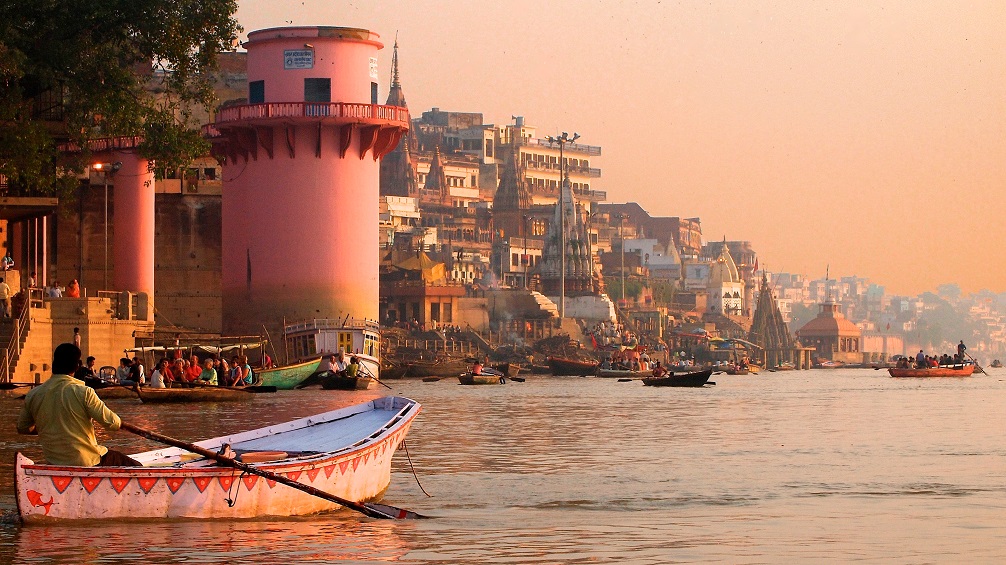
Hinduism
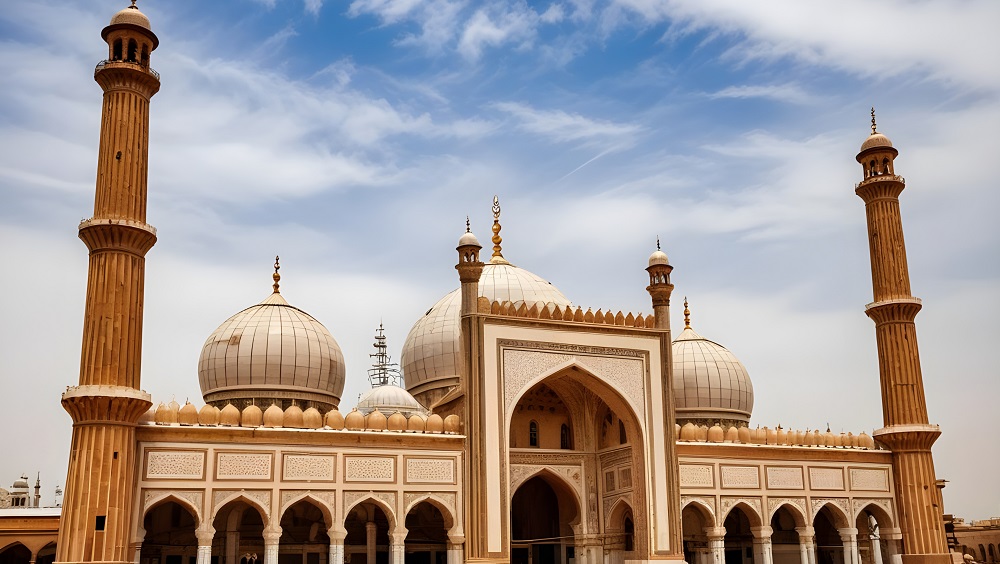
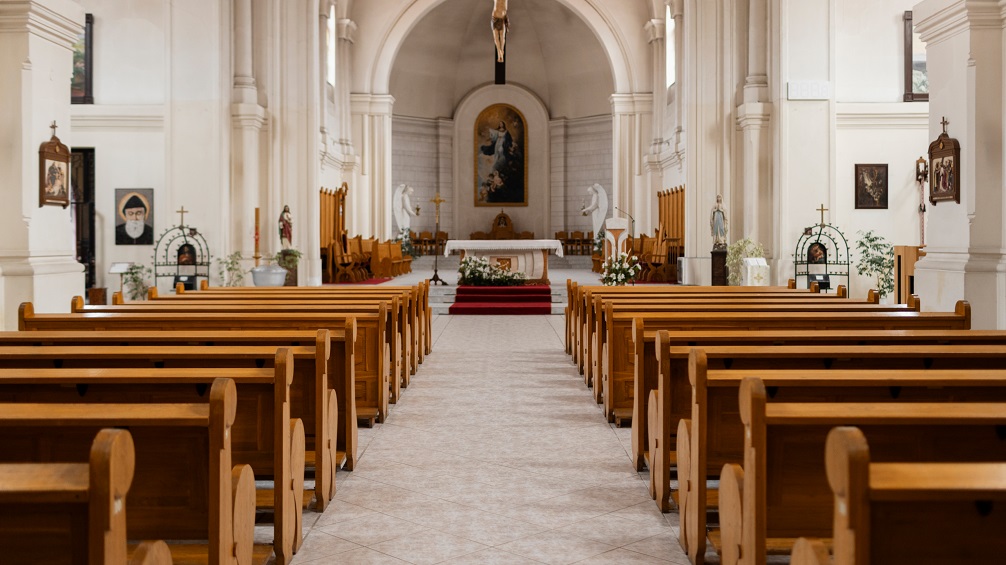
Christianity
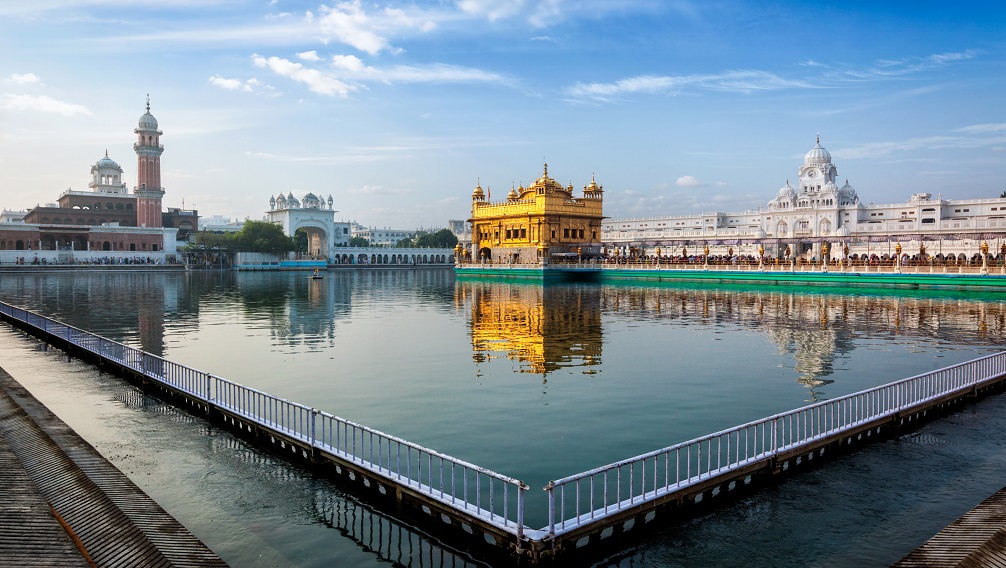
Sikhism
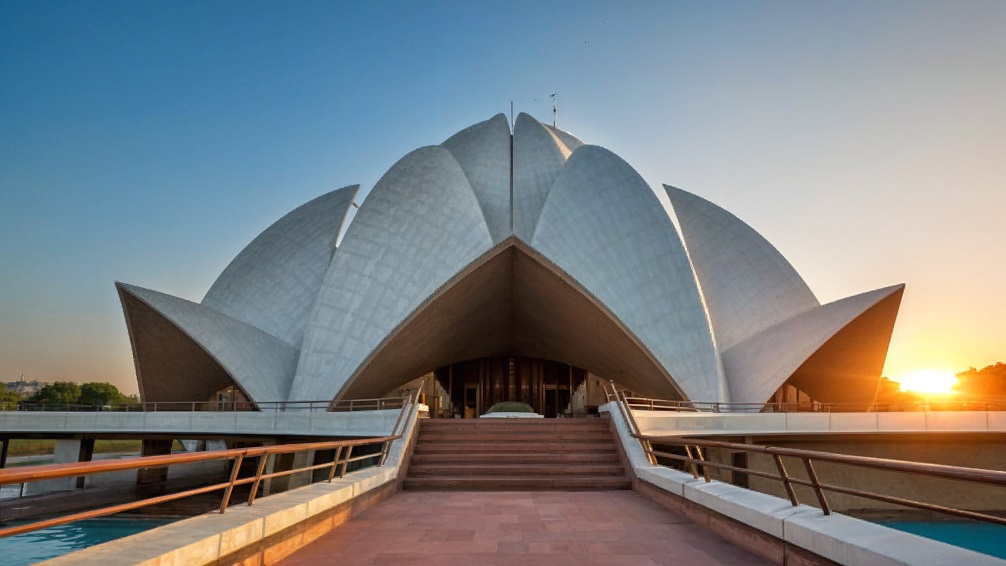
The Baha'i Faith
The Baha’i faith is a modern religion that preaches a faith that emphasizes the spiritual unity of all mankind...

Buddhism
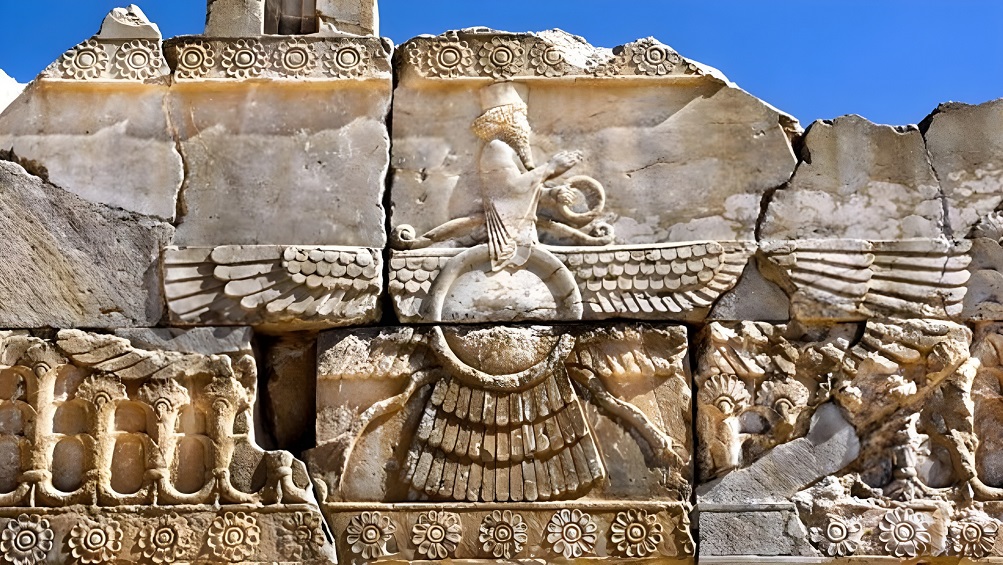
Zoroastrianism
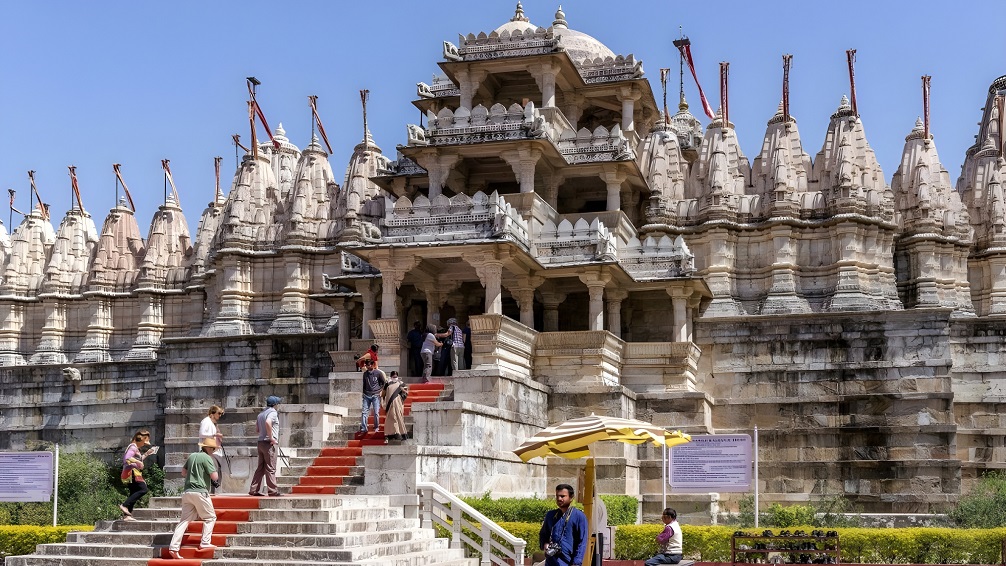
Jainism
The sixth century BC was a period of great intellectual ferment in India. This was the time...

